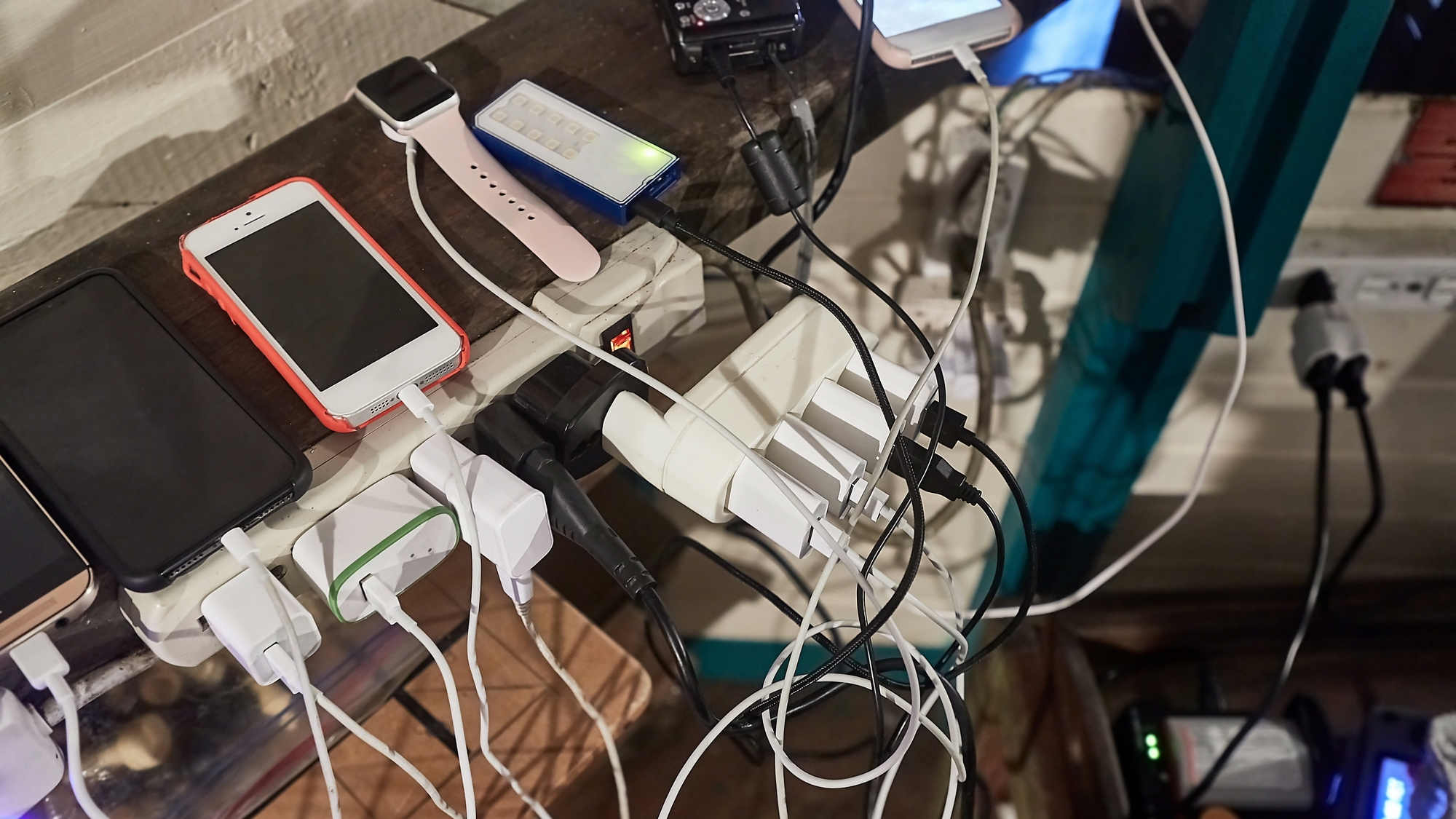

One e-toy for every person on Earth—that’s the staggering amount of electric trains, drones, talking dolls, R/C cars, and other children’s gadgets tossed into landfills every year. Some of what most consumers consider to be e-waste—like electronics such as computers, smartphones, TVs, and speaker systems—are usual suspects. Others, like power tools, vapes, LED accessories, USB cables, anything involving rechargeable lithium batteries and countless other similar, “nontraditional” e-waste materials, are less obviously in need of special disposal. In all, people across the world throw out roughly 9 billion kilograms (19.8 billion pounds) of e-waste commonly not recognized as such by consumers.
This “invisible e-waste” is the focal point of the sixth annual International E-Waste Day on October 14, organized by Waste Electrical and Electronic Equipment (WEEE) Forum. In anticipation of the event, the organization recently commissioned the United Nations Institute for Training and Research (UNITAR) to delve into just how much unconventional e-waste is discarded every year—and global population numbers are just some of the ways to visualize the issue.
[Related: People will throw away about 5.3 billion phones this year.]
According to UNITAR’s findings, for example, the total weight of all e-cig vapes thrown away every year roughly equals 6 Eiffel Towers. Meanwhile, the total weight of all invisible e-waste tallies up to “almost half a million 40 [metric ton] trucks,” enough to create a bumper-to-bumper traffic jam stretching approximately 3,504 miles–the distance between Rome and Nairobi. From a purely economic standpoint, nearly $10 billion in essential raw materials is literally thrown into the garbage every year.
“People tend to recognise household electrical products as those they plug in and use regularly. But many people are confused about the waste category into which ancillary, peripheral, specialist, hobby, and leisure products fit and how to have them recycled,” Pascal Leroy, Director-General of the WEEE Forum, said in a statement ahead of International E-Waste Day. The WEEE Forum asks that instead of trashing the e-waste, consumers bring it to “the appropriate municipal collection facility” in their area.
Leroy’s organization states e-waste is the world’s fastest-growing waste stream, and to deal with it properly, many more people need to recognize these “invisible” examples.
“A significant amount of electronic waste is hidden in plain sight,” says WEEE Forum member, Magdalena Charytanowicz, via the announcement. “Sadly, invisible e-waste often falls under the recycling radar of those disposing of them because they are not seen as e-waste. We need to change that and raising awareness is a large part of the answer.”
Charytanowicz cites past informational campaigns that successfully raised awareness about the many issues surrounding plastic pollution, and points to the UN’s treaty on plastics due next year. “We hope the same will occur in the e-waste field,” she adds.
